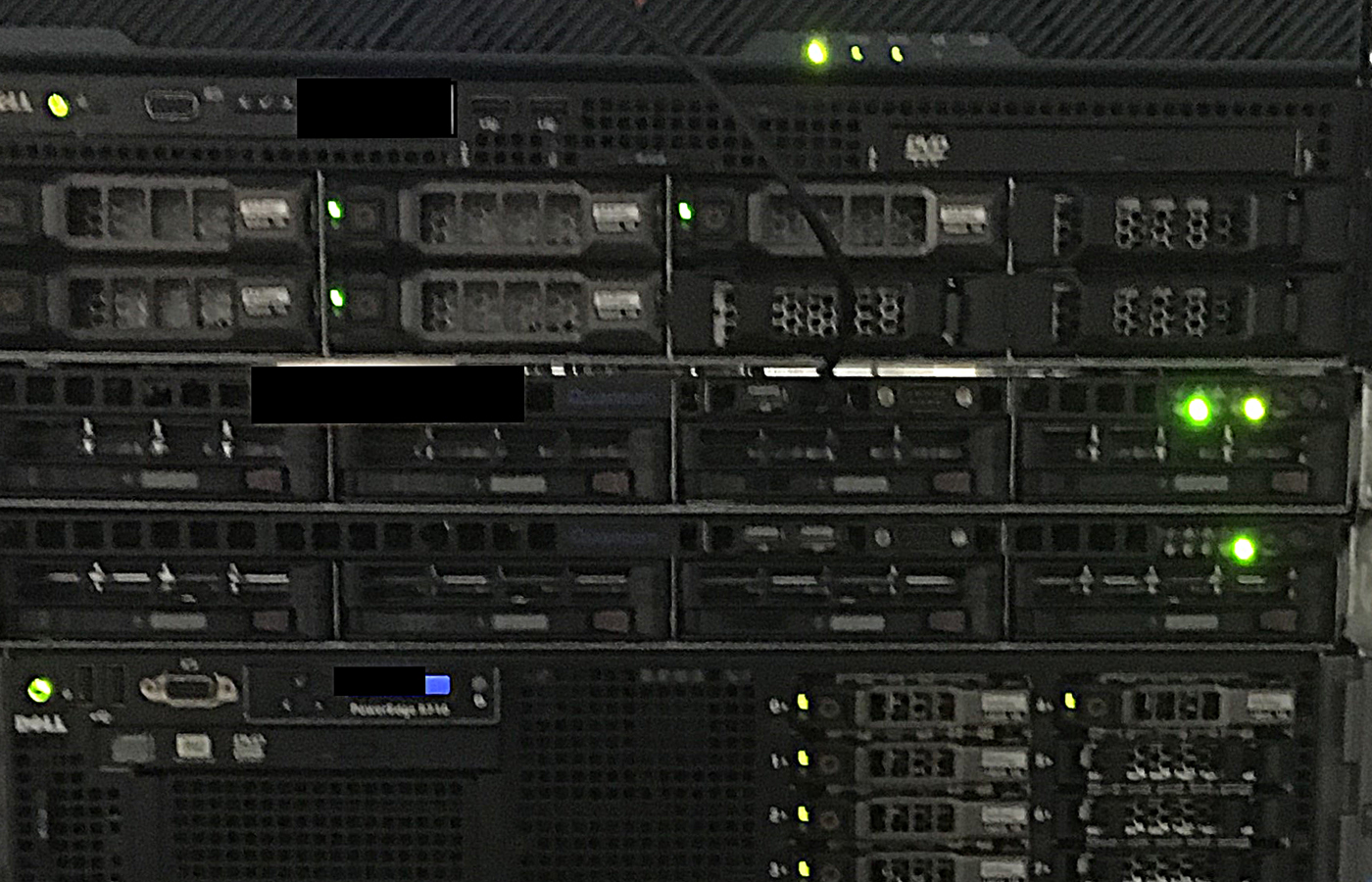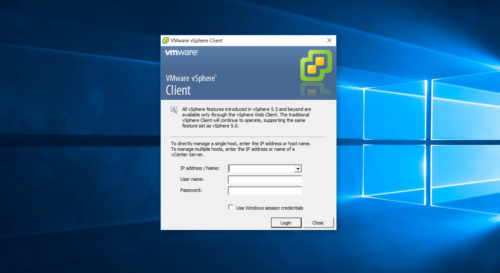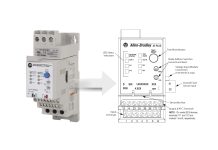
If you maintained hardware for a Distributed Control System in the 1970’s through 2000’s, and yes some are still running to this day, you were accustomed to maintaining power supplies as well as proprietary custom boards that ran proprietary operating systems.
In the early 2000’s (late 80’s / early 90’s for A-B users, Ed.) when systems began to move to more open platforms, there came new challenges from hardware to software especially when it came to compatibility.
Instead of maintaining the same hardware for twenty or thirty years, we had to shift to upgrading both hardware and software every few years to keep up with a supported operating system and platform.
It did not take long until the constant upgrades came with a very large price tag as well as difficulty maintaining systems that were obsolete.
Then came a the shift to Virtual Machines (VMs)
In this way, a single hardware platform can run all types of virtual machines that can be transferred from one platform to another without the reinstallations of all the software.
Virtual platforms can range from simple to very complex, with features like triple redundancy, high availability, load balance and automated backups.
I believe while many of these systems are already installed, we are still on the cutting edge of where this shift is going. In a decade, I believe almost all IT/OT systems will be virtual.

Enter the Hypervisor
Virtual Systems run on what is called a Hypervisor, and below I’ll provide a brief overview of each type:
- Type I Hypervisor – Also called a Bare Metal Hypervisor
This type of Hypervisor is installed directly on top of physical hardware, and is the most efficient as it interacts directly with the hardware. It’s also the most secure as it allows each VM to run independently on its own operating system so if a security breach occurs, it lies within a VM.
This is the type of Hypervisor you would use for large deployments where you could have anywhere from five to fifty-five virtual machines running on one hardware cluster.
- Type II Hypervisor – Also called a Hosted Hypervisor
This type of Hypervisor is installed on top of an operating system. It is the least efficient as everything between hardware and software must run through the operating system that the host is on.
Normally, this is what you would use for a single VM that is running an older, legacy Operating System on new hardware. Most of the time you’d only have one or two VMs running at the same time with a Type II Hypervisor.
Virtual Networking Too
One aspect of Hypervisors that many users find extremely usefuly, especially with Type I Hypervisors, is virtual networking.
This feature allows you to configure many different “virtual” networks, configured through virtual network adaptors, virtual switches etc…within the Hypervisor configuration.
Popular Hypervisors by Type:
Type I Hypervisors
- VMware vSphere
- Microsoft Hyper-V
- KVM
- Oracle VM
- Citrix Hypervisor
- Xen Hypervisor
Type II Hypervisors
- VMware Workstation Pro
- VMware Fusion
- Oracle Virtual Box
- Parallels Desktop
- QEMU
Conclusion
In any kind of support role today, you will probably need to support many different decades of technology, from proprietary DCS hardware and software, to single server and workstation support, to virtual machines running on a redundant platform.
In the same day you may even have to run a DOS Virtual Machine like DOSbox while also working on a legacy system which you hope you can continue to support a few more years.
That said, it’s quite likely that if you’re not already using Virtual Machines today, it’s very likely you will be in the next few years.
Written by Brandon Cooper
Senior Controls Engineer and Freelance Writer
Have a question? Join our community of pros to take part in the discussion! You'll also find all of our automation courses at TheAutomationSchool.com.
Sponsor and Advertise: Get your product or service in front of our 75K followers while also supporting independent automation journalism by sponsoring or advertising with us! Learn more in our Media Guide here, or contact us using this form.
- Things I’ve Learned Travelling for Work (2) - July 17, 2025
- Things I’ve Learned Travelling for Work (1) - July 10, 2025
- Emulating an Allen-Bradley E3 or E3 Plus - June 30, 2025

Discover more from The Automation Blog
Subscribe to get the latest posts sent to your email.






